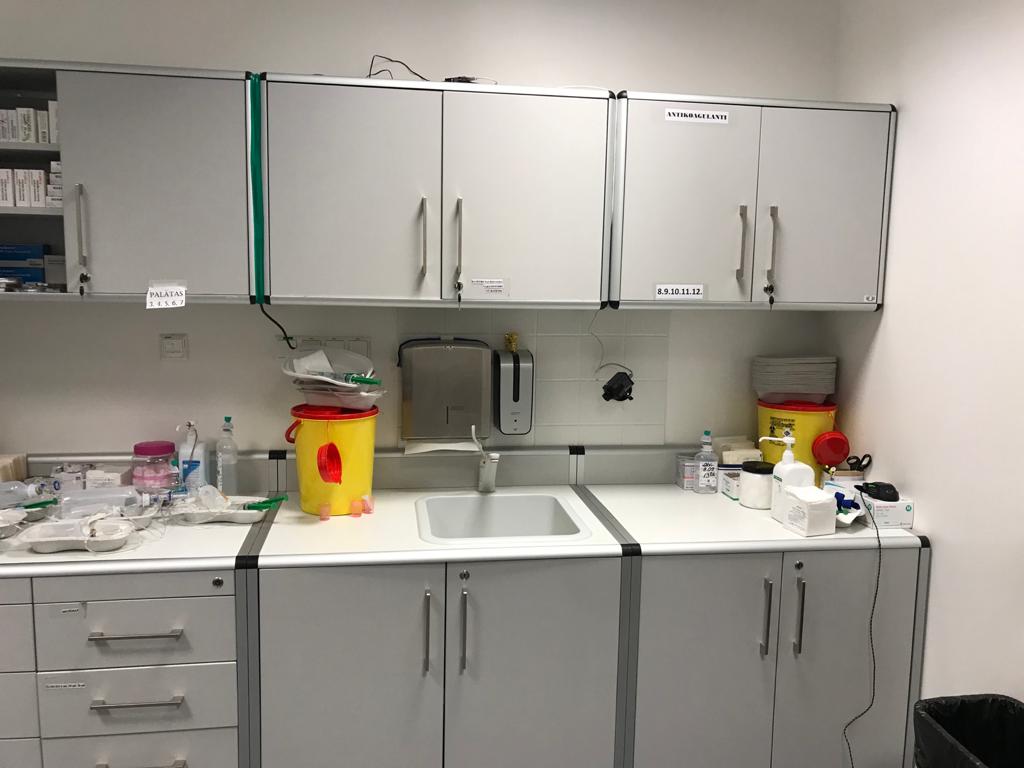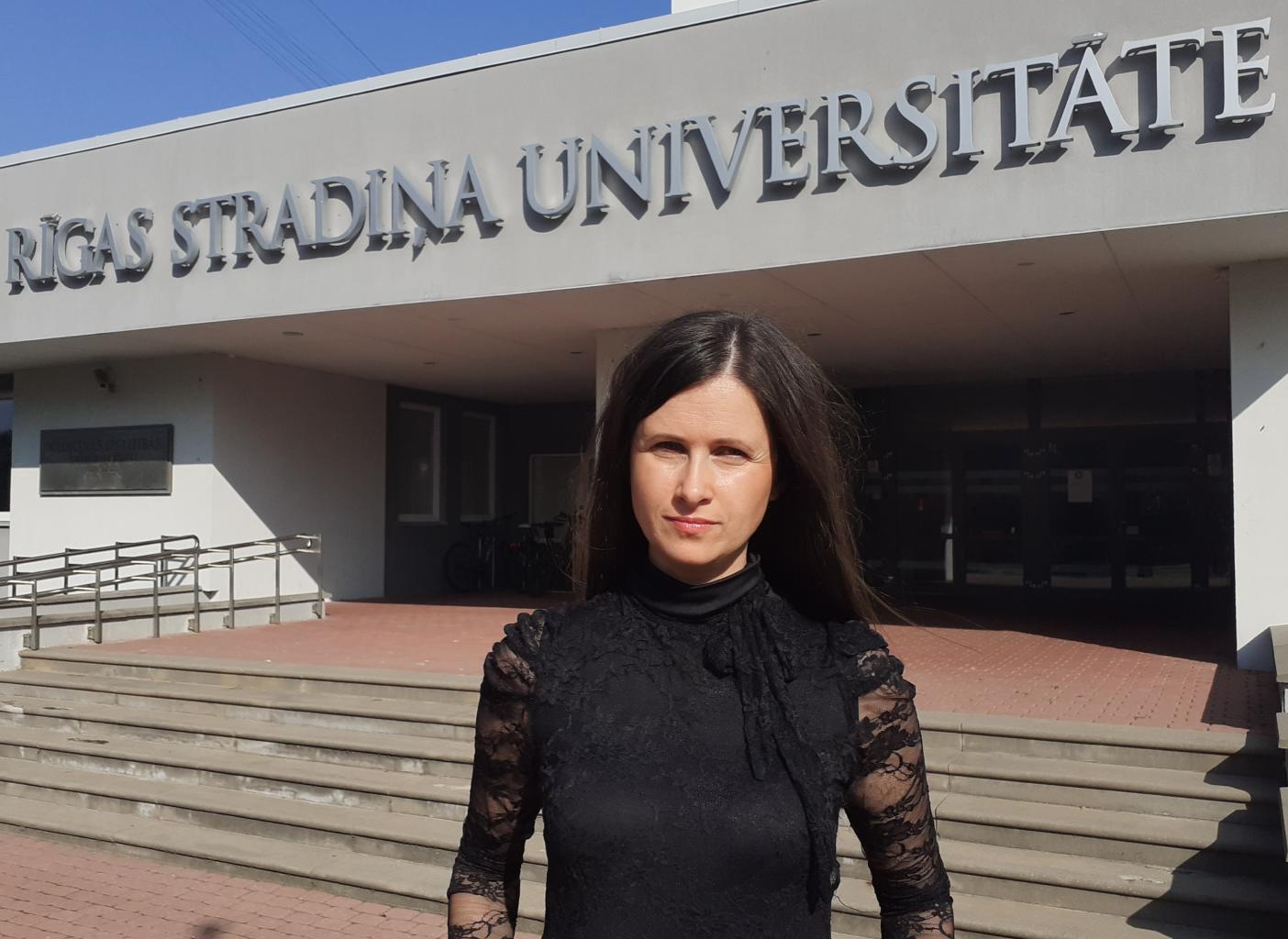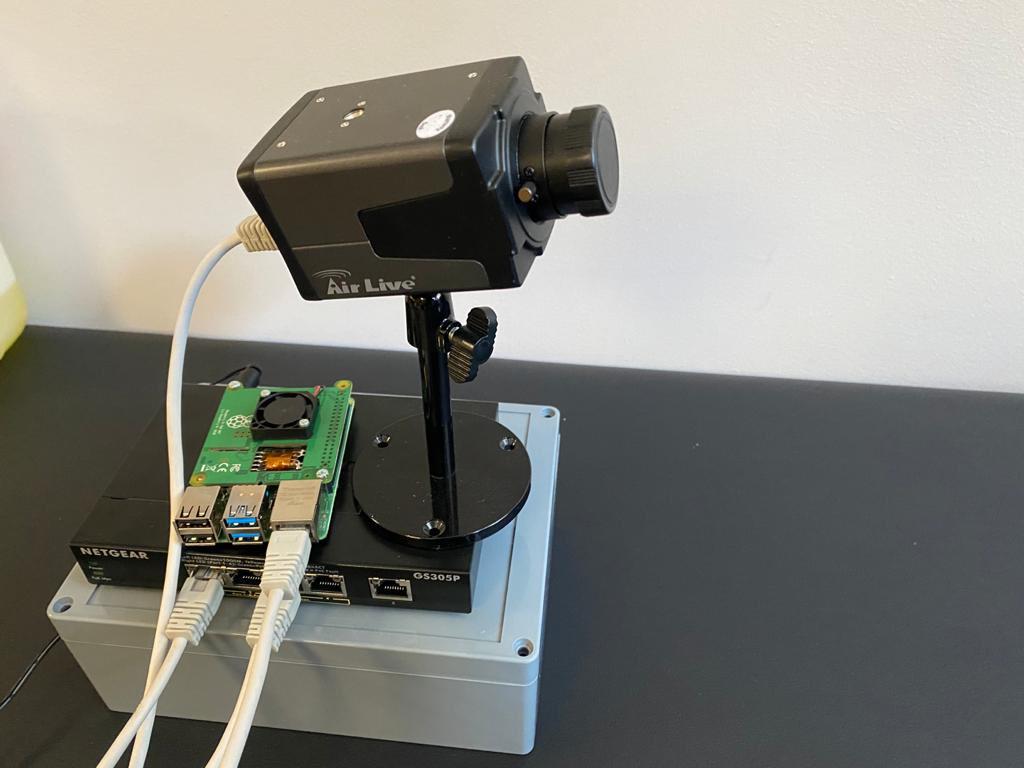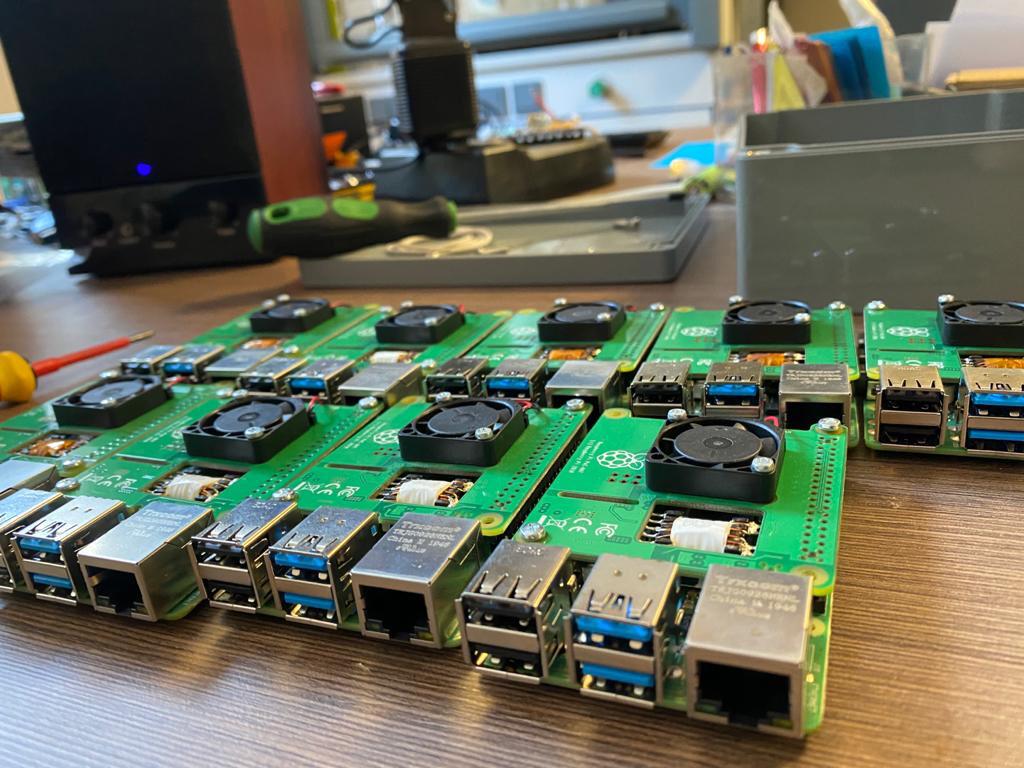Artificial Intelligence Will Help Improve Hand Hygiene
One of the most effective ways to reduce the risk of contracting any kind of viral or bacterial disease is by washing your hands. Special attention is being paid to hand hygiene during the COVID-19 pandemic. Advice and recommendations on hand hygiene are widely available in the media, in advertisements and from other sources. However, even if we do wash our hands regularly, it does not mean that we are protected from infection. To reduce the risk of infection and to limit the virus from spreading further, it is of utmost importance to learn how to properly wash your hands.
Medical practitioners pay particular attention to hand hygiene, as infections are mostly preventable if doctors and nurses follow standard procedures, for instance by properly washing and disinfecting their hands before each manipulation or visit.

What is the solution?
To prevent the risk of contracting infectious diseases the Rīga Stradiņš University (RSU) Medical Education Technology Centre (METC) in cooperation with the Institute of Electronics and Computer Science, and within the framework of the National research programme project (No. VPP-COVID-2020/1-0004) “Integration of reliable technologies for protection against Covid-19 in healthcare and high risk areas”, has started work on developing a prototype (device/application) which will enable analysing and providing immediate information on hand hygiene.
Users will be able to find out if their hands have been washed properly immediately. The evaluations will be based on World Health Organisation (WHO) recommendations, which outline certain movements. By observing these movements, it is possible to ensure that hands are washed properly.
Experts from the METC are collecting, processing, analysing and annotating data necessary to creating a prototype. Meanwhile, experts from the Institute of Electronics and Computer Science are developing a technological solution and a software prototype. To do so they first need to train neural networks, or so-called artificial intelligence.
How is it possible that artificial intelligence will be teaching us to wash our hands properly? We posed this question to Andreta Slavinska, METC Deputy Director, Medical Equipment Engineers Mārtiņš Ļuļļa and Aleksejs Rutkovskis, Atis Elsts, a researcher at the Institute of Electronics and Computer Science and Aija Vilde, an Infectious Disease Specialist at Pauls Stradiņš Clinical University Hospital.

Andreta Slavinska, METC Deputy Director
Andreta Slavinska: ‘While the METC is mostly associated with implementing simulation-based learning approaches and less with creating technologies, it is important to create a solution that can lessen the risk of such errors in cases when medical errors are not caused by medical practitioners, but arise due to other factors. The METC has sufficient knowledge, experience and technologies to participate in searching for and creating solutions that can contribute to patient safety and enhance the quality of healthcare.’
How is data collected and processed?
The study is being conducted at Pauls Stradiņš Clinical University Hospital and coordinated by Infectious Disease Specialist Aija Vilde. In the future the study might also be conducted at the Riga East Clinical University Hospital.
A data collection system has been placed at ten sinks at Pauls Stradiņš Clinical University Hospital. The system operates with the help of motion sensors and records video. When medical practitioners wash their hands, the data collection system is activated and their hand-washing process is recorded. When they have finished the system completes its operation and saves the data. Afterwards, the videos are stored, systematised and processed. Each video recording is viewed and the hand's movements are tracked by a specially developed program following WHO recommendations. Once the data has been prepared, the neural network training can begin.


How does neural network, or artificial intelligence training take place?
Videos and instructions of the movements are entered into a computer and the computer then develops an algorithm that can recognise hand washing movements in other videos too, based on algorithms from examples. It will be possible to use the neural network on other computers, and in the future it might even be possible to use this algorithm on less powerful devices like, for example, on mobile phones.
‘For the purposes of neural network training it is necessary to obtain high precision data, it is therefore essential that hospitals participate in this project. Hospital are where the WHO recommendations regarding hand washing are most likely to be followed accurately,’ explains Atis Elsts, a researcher at the Institute of Electronics and Computer Science.
How does Pauls Stradiņš Clinical University Hospital see their participation in this project?
The hospital is interested and supportive. The project's results do not only benefit those who participate - the qualitative and quantitative analysis of the data that is obtained at the hospital is another benefit. Most importantly, however, it will be possible to take action based on the results.
‘There are infographics and guides, and the hospital has taken other measures too to ensure the quality of hand hygiene. It is not possible, however, to completely avoid the risk of infection, as the quality of hand washing can sometimes be affected by fatigue, being in a hurry or by other reasons,’ says Aija Vilde.
When will a prototype of the device, or application be developed, and what should be done to make it available to more users?
As part of the project it is planned that data will be collected and processed and that neural networks will be trained. Given the available funding, a prototype might be developed, and the quality and precision of the prototype is planned to be analysed in a simulated clinical environment.
A device or application for evaluating the quality of hand hygiene will be primarily intended for use in healthcare institutions, but it could also be used in public places like restaurants, educational institutions and elsewhere. Thus, it might be possible to reduce the risk of contracting an infectious disease and strengthen public health in general.




